Are you still looking for a great Easter roll appetiser idea for your Easter brunch? Then our carrot savoury snacks...
Blog categories
- Sweet recipes (126) click
- Salty recipes (15) click
- Cooking (34) click
- Seasonal recipe ideas (70) click
- Things to know (23) click
Search in blog
Latest posts

Whether you want to add an elegant, almost royal touch to your main course or dessert, we'll show you how to create...
Popular posts
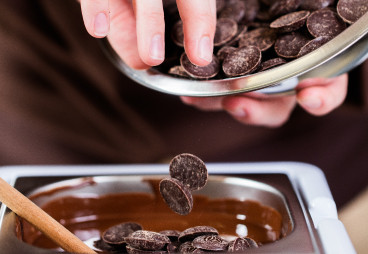
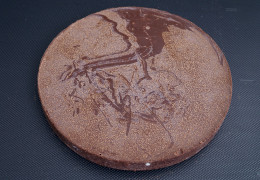
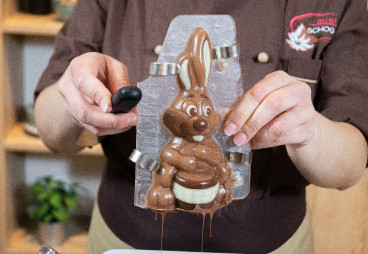







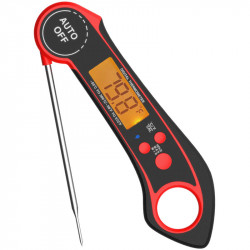









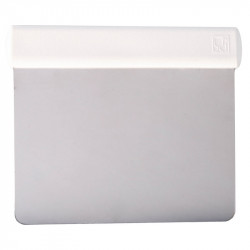


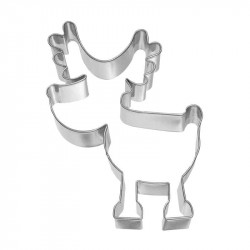



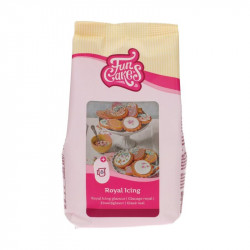


Leave a comment
Comments
Lebkuchenteig
By: Theres Heuberger On 2024-11-23Hallo Rebecca,
Vielen Dank für dein Feedback.
Süsse grüsse
Tesy
Lebkuchenteig
By: Theres Heuberger On 2024-11-21Frage: Ich möchte gerne den Lebkuchen mit Backmarzipan füllen. daher die Frage: Soll ich den Teig nur 3mm ausrollen dann mit einem kleineren Ausstecher das Marzipan und dann wieder mit dem Teig bedecken? Wie lange dauert dann das Backen?
Replied by: Rebecca Odermatt On 2024-11-21
Lebkuchenrezept
By: Renate Morgenthaler On 2023-11-20Liebe Rebecca
Im Rezept heisst es, dass man den Lebkuchenteig 2-4 Tage ruhen lassen soll. Stellt man den auf den Balkon, in den Kühlschrank oder lässt man ihn bei Zimmertemperatur ruhen?
Mit me liebe Gruess
Renate Morgenthaler
Replied by: Rebecca Odermatt On 2023-11-20